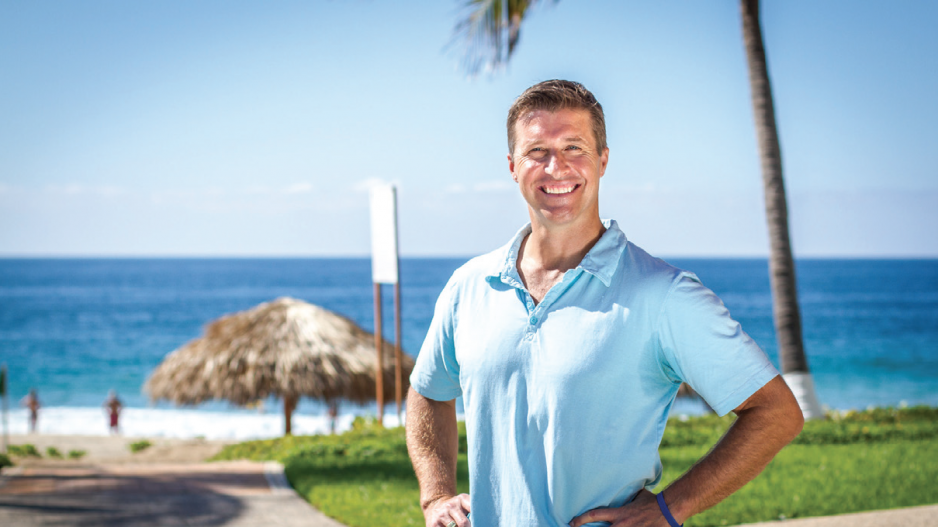Ron Rishagen was born in Trail 74 years ago, but he will be spending most of his retirement days near Puerto Escondido on the southwest coast of Mexico, one of many British Columbians who have discovered the luxury destination of Vivo Resorts.
“It’s a winner,” says Rishagen, a retired university professor who, after checking out numerous options, bought a condominium at Vivo Resorts last November.
Over the last decade, the number of Canadians living in Mexico soared from 6,000 to 75,000, according to the Canadian Embassy in Mexico City.
A key reason is the discovery that Mexico has eased its century-old regulation on foreigners owning real estate.
Vivo Resorts is being developed by Calgary-based Cary Mullen, best known as the World Cup champion and two-time Olympic downhill skier. The resort’s success hinges on three facts: the 76 acres of land is owned outright by Canadians; it fronts 21 kilometres of pristine oceanfront beach; and prices for the luxury condominiums and villas are bargain-basement when compared with B.C. waterfront.
In the retirement destination of Victoria, for example, a waterfront home price averages $793,000. At Vivo Resorts, ocean-facing condos start at less than $330,000.
The resort’s homes can also be rented when not in use, with 70 per cent of net proceeds going to the owner.
Mullen discovered that some myths about Mexican land ownership were just that.
For instance, Mexico’s 100-year-old regulations covering foreign ownership within 50 kilometres of a coastline have been relaxed, though using a “fideicomiso” (bank trust) is still required. Even so, there’s a lot of old thought and misinformation around what can and can’t be done, he says.
“When I first started researching I believed the rumours rather than knowing the facts,” says Mullen. “I spent thousands of dollars with lawyers in Mexico learning about the specific steps and process.”
Some of the rumours Mullen refers to were that developers had to have property held by a Mexican bank trust and that they had to have Mexican partners.
“I learned that you could also have the trust be through some international banks such as HSBC or Scotiabank,” Mullen explains. “I learned the government had changed that rule [about partners] and a Mexican company can be owned 100 per cent by a foreigner.
“A Canadian can now own Mexican property outright,” he says.
The result has been a residential sales performance that would have most Canadian developers drooling.
Since Vivo Resorts opened five years ago near the surfing community of Puerto Escondido, it has built and sold out seven condominium towers with a total of 100 units, plus 10 private detached villas. An eighth condo tower is 75 per cent sold. A ninth tower, Marino Residences, pre-sold half its 28 condos in five weeks last year.
About 45 per cent of buyers are from either B.C. or Alberta.
Even though prices have increased at least 40 per cent since 2012, buyers can purchase a waterfront condominium at Vivo Resorts for an average of $469,000. One-bedroom suites in the newest tower start at $327,400 – and this includes all furnishings, from the giant-screen TV to the dishes and cutlery and maid service. A new two-level penthouse with three bedrooms and more than 1,850 square feet is priced at less than $800,000.
A luxury community and fitness centre recently opened at Vivo Resorts as did marketing for its Botanica condominiums, set back from the beach, but with larger pools and the lowest prices in the resort.
Vivo Resorts was named Mexico’s luxury resort of the year in 2016 by U.K.-based Luxury Travel Guide.




